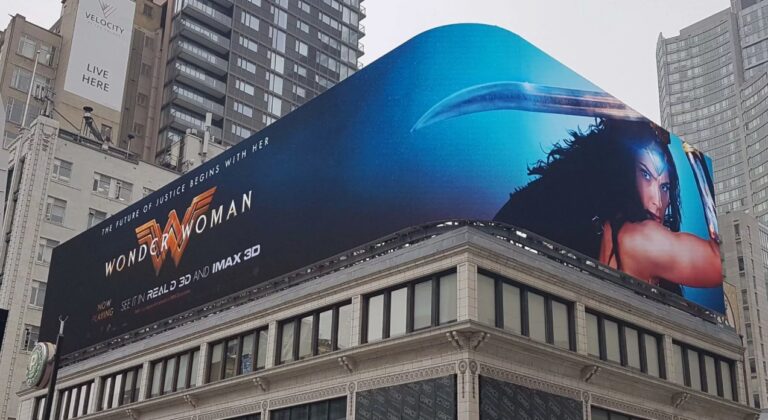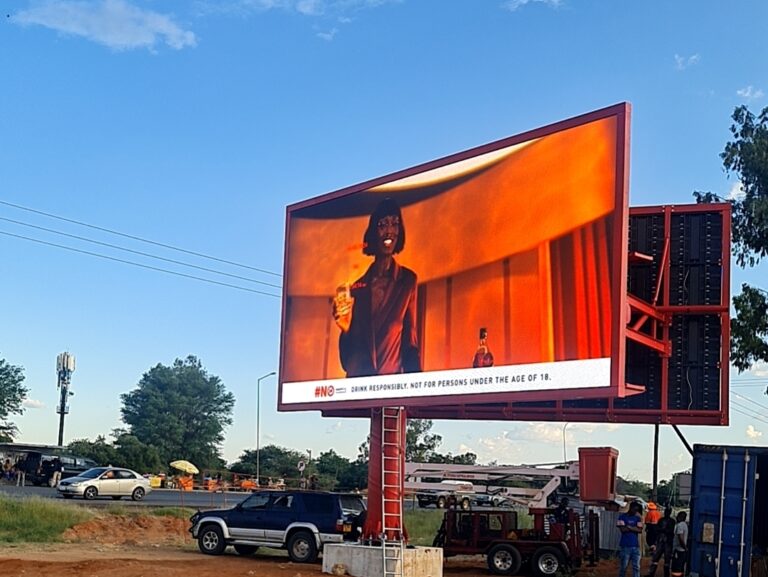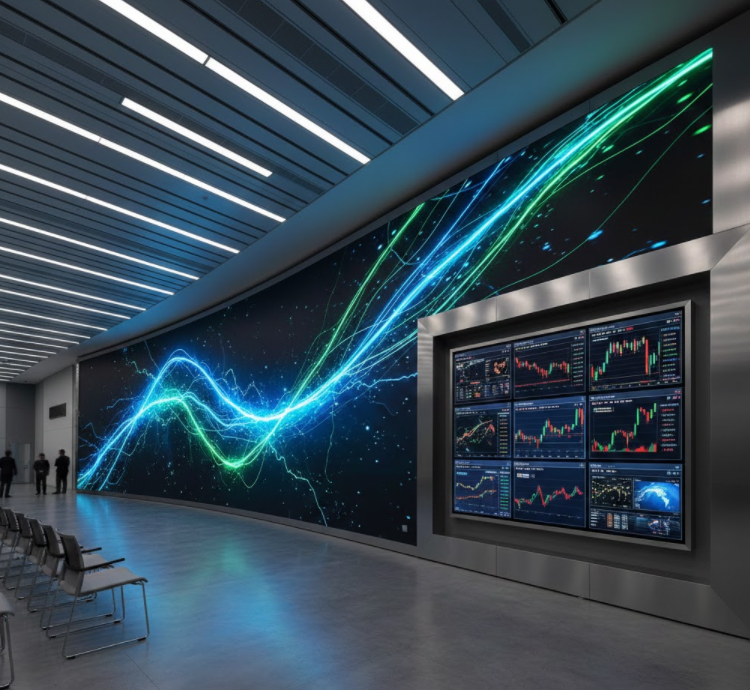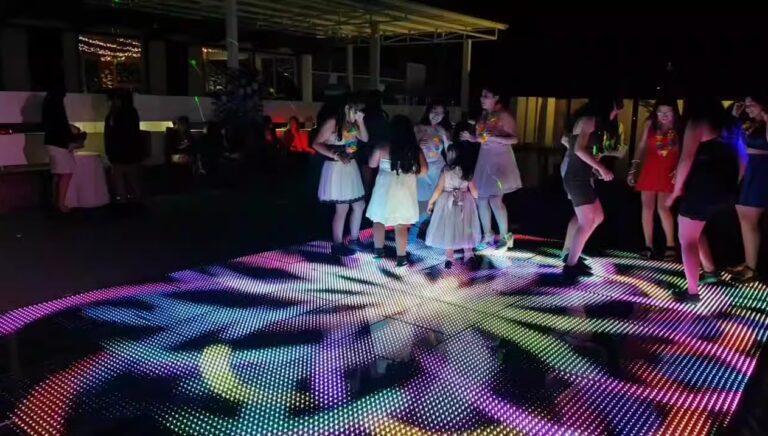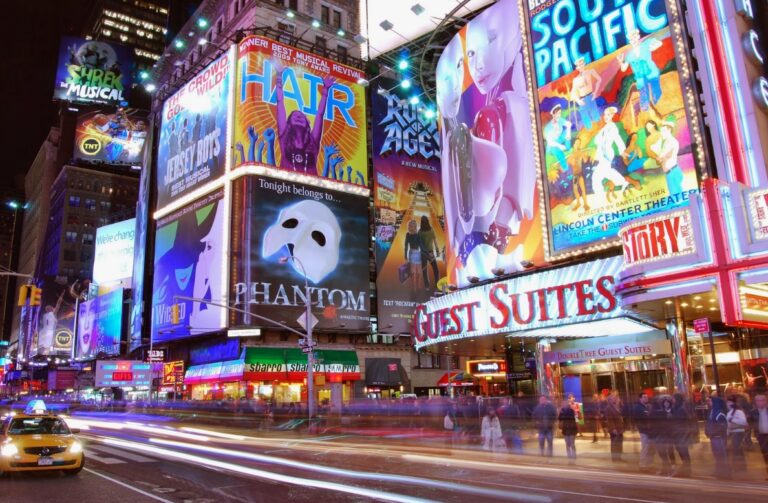Contents
-
Why Are Outdoor LED Screen Prices So Confusing?
-
Five Core Factors That Affect LED Display Costs
-
Price Estimates per Square Meter
-
How to Get an Accurate Quote
-
Common FAQs About Outdoor LED Displays
-
Final Thoughts: The Real Value of an Outdoor LED Screen
1. Why Are Outdoor LED Screen Prices So Confusing?
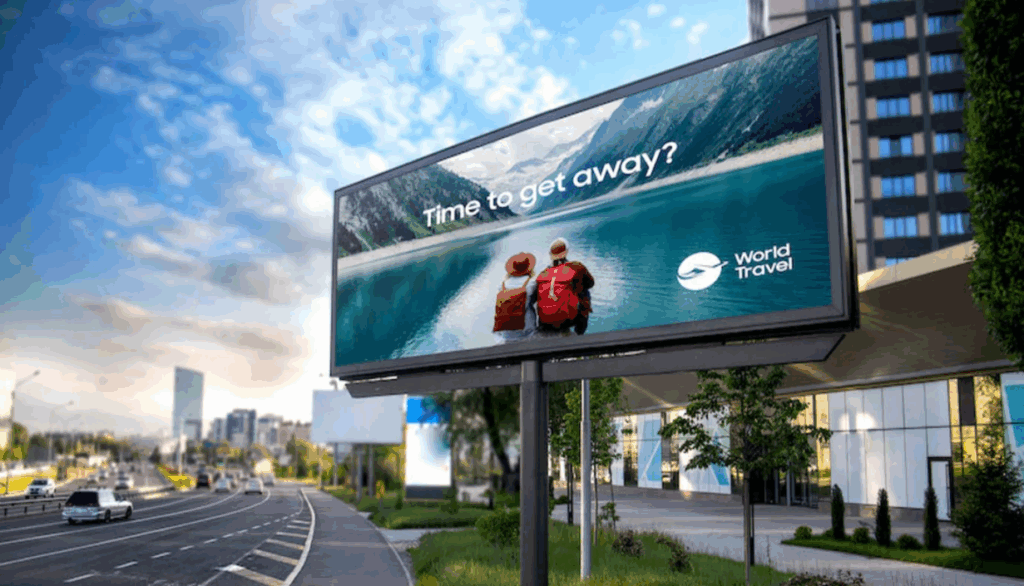
The price of an outdoor LED display often seems like a mystery — and for good reason. Unlike mass-produced consumer products, LED screens are highly customized systems. There’s no “one-size-fits-all” price because every screen is a mix of different components, each influencing the total cost.
Think of it like buying a computer: two 14-inch laptops can have drastically different prices depending on the CPU, RAM, storage, and graphics card. Now multiply that complexity — LED displays involve far more variables, from LED chips and lamp beads to cabinet design and control systems.
In short, the cost of an outdoor LED display isn’t fixed. It’s dynamically calculated based on your specific requirements.
2. Five Core Factors That Affect Outdoor LED Screen Prices
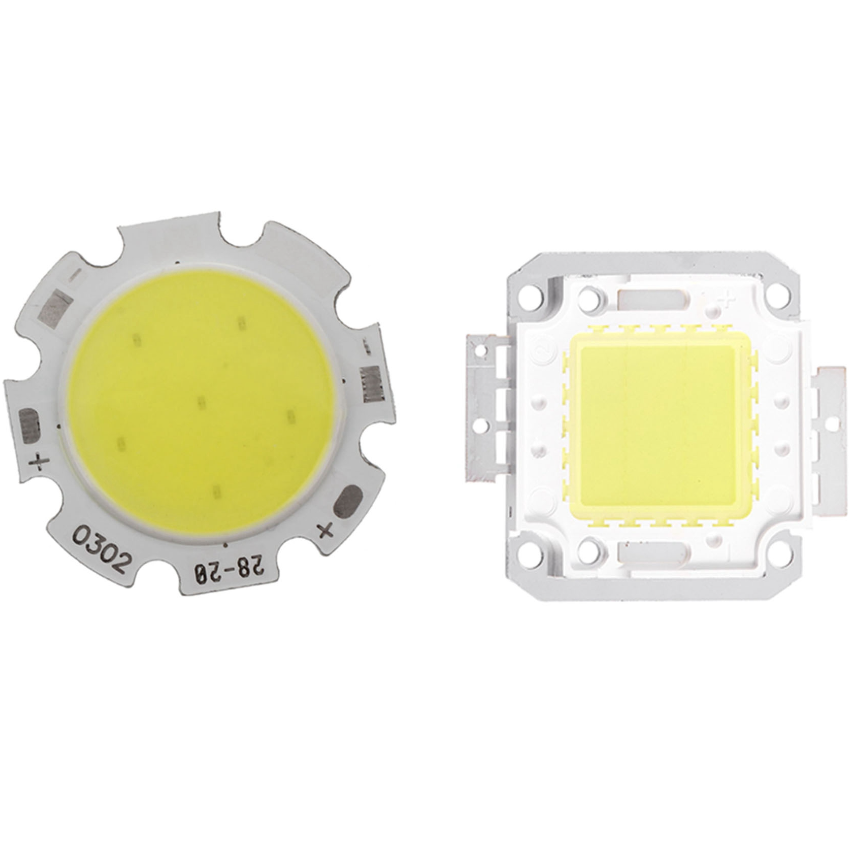
a. Core Components: LED Lamps and Chips
Lamp brand and type: These determine brightness, color performance, and lifespan.
-
Domestic brands like NationStar or Kinglight offer solid performance at good value.
-
Imported brands like Nichia (Japan) or Cree (U.S.) deliver higher brightness and slower color decay, but they can cost 1.5–2× more.
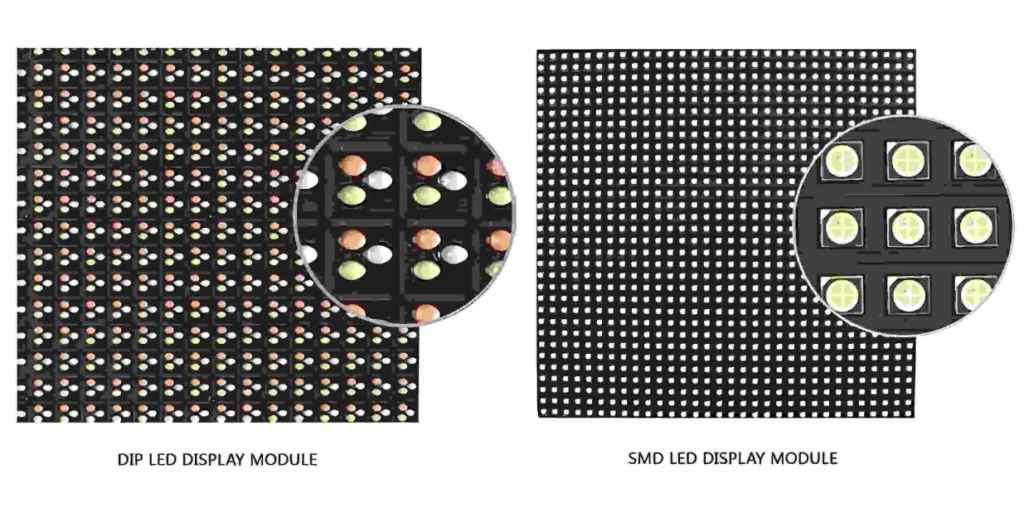
Packaging technology: Outdoor screens typically use SMD (Surface-Mount Device) or DIP (Dual In-line Package) LEDs.
-
SMD: better color mixing and wider viewing angles, slightly weaker waterproofing.
-
DIP: higher brightness and stronger weather resistance, but less color accuracy.
Most modern outdoor displays now favor SMD due to its visual advantages.
b. Pixel Pitch (P-value)
The “P” number refers to the distance (in millimeters) between pixels. Smaller pitches mean more pixels per area, resulting in sharper images — and higher costs.
For example:
-
P8 screens usually cost 15–30% more than P10 screens.
-
P6 models can be another 20% higher than P8.
Choosing the right pitch:
-
P10 — best for long viewing distances (30+ meters).
-
P8 — ideal for medium distances (15–30 meters).
c. Brightness (cd/m²)
Outdoor LED screens must fight direct sunlight, so brightness matters.
-
Industry standard:5,500–8,000 cd/m²
-
Every additional 1,000 cd/m² of brightness can increase cost by 5–10%
d. Structure & Protection (IP Rating)
Outdoor displays must survive rain, dust, and heat.
-
Cabinet material: Aluminum is lighter and better at heat dissipation than steel but costs more.
-
IP rating: Outdoor screens should be at least IP65, meaning completely dustproof and protected against strong water jets.
IP65-rated cabinets can cost 10–20% more than IP54-rated ones.
e. Control System: The “Brain” of the Display
Brands like NovaStar and Colorlight lead the market.
Higher-end control systems offer better refresh rates, smoother playback, and more stable performance — which directly impacts the total price.
3. Outdoor LED Screen Price Estimates (per Square Meter)
| Application | Recommended Pixel Pitch | Brightness (nits) | Estimated Price (USD/m²) | Example |
|---|---|---|---|---|
| Commercial Billboard | P4–P6 | 6,000–7,000 | $600–$900 | Ares Outdoor Advertising Screen |
| City Events / Squares | P6–P8 | 5,000–6,000 | $400–$700 | City Event LED Display |
| High-End Retail | P2.5–P3 | 7,000–8,000 | $1,200–$1,500 | Retail Outdoor Showcase |
| Roadside Information | P6–P10 | 5,000–6,000 | $350–$600 | Highway Info Screen |
Recommended Option:
The Ares outdoor LED series stands out for its high-brightness energy-saving lamps, all-aluminum cabinet, and IP65 weatherproof design — ideal for advertising, city squares, and building facades.
For more details: New DOOH Solution – Ares
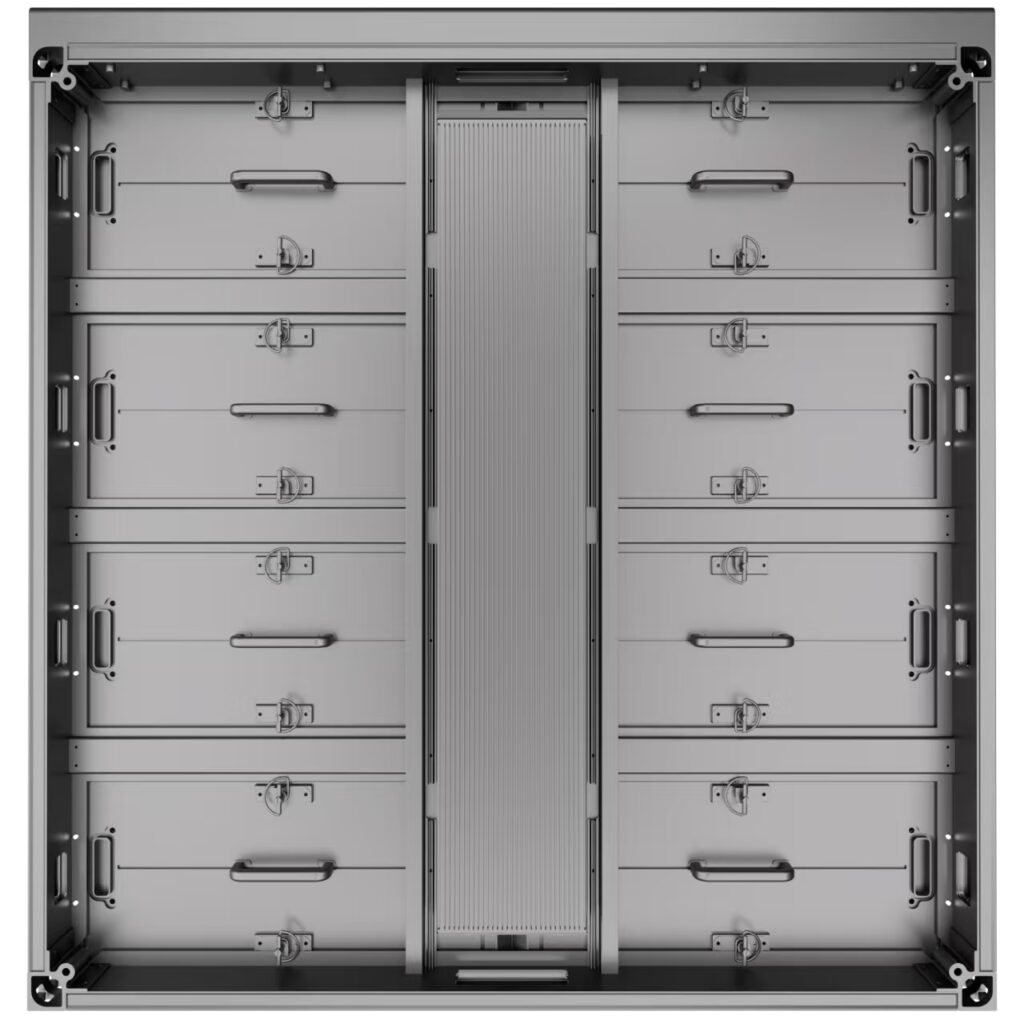
4. How to Get an Accurate Quote
-
Be cautious of “too good to be true” prices.
Ultra-low offers often mean corner-cutting — reused LEDs, poor power supplies, or weak waterproofing. -
Clarify technical specs in the contract.
Include LED brand, model, brightness, IP rating, warranty years, and after-sales response time. -
Define your requirements clearly.
Screen size, viewing distance, and content type all affect your configuration. -
Contact verified manufacturers.
Reach out to established LED display producers or system integrators with your specifications. -
Compare quotes fairly.
Request detailed configuration sheets (P-value, LED brand, IC, power supply, warranty, etc.) — don’t just compare total prices.
5. Common FAQs About Outdoor LED Displays
Q1: What’s the lifespan of an outdoor LED display?
A: Typically 7–10 years, with premium models lasting up to 12 years.
Q2: Do LED screens consume a lot of electricity?
A: Around 350–450W/m² per day on average; high-brightness models may reach 500W/m². Energy-efficient designs can cut power use by 15–20%.
Q3: What hidden costs should I expect?
A: Beyond the screen itself — structural steel (10–20% of total cost), installation, transport, power distribution, and cooling systems.
Q4: Should I choose P8 or P10?
A:
-
P10 — better for large outdoor billboards (viewing distance >30m).
-
P8 — ideal for closer, high-traffic areas like malls or intersections.
Q5: Why do screens with the same specs have different prices?
A: Differences in LED chip quality, brightness, refresh rate, IP rating, and after-sales support.
Q6: How can I find a reliable LED manufacturer?
A: Look for companies with proven project portfolios, strong R&D capabilities, and localized service teams. Ask to see real case studies or nearby installations.
6. Final Thoughts: The True Value of an Outdoor LED Screen
So, how much does one square meter of an outdoor LED screen really cost?
There’s no single answer — because value depends on your needs for clarity, brightness, durability, and after-sales support.
A cheap screen might just “light up,” but a quality one is a long-term investment — one that delivers reliable performance and tangible returns for years.
Before you buy, clearly define your purpose, budget, and maintenance expectations. That’s the only way to ensure your investment truly pays off — not just in price per square meter, but in real, lasting value.
References:

